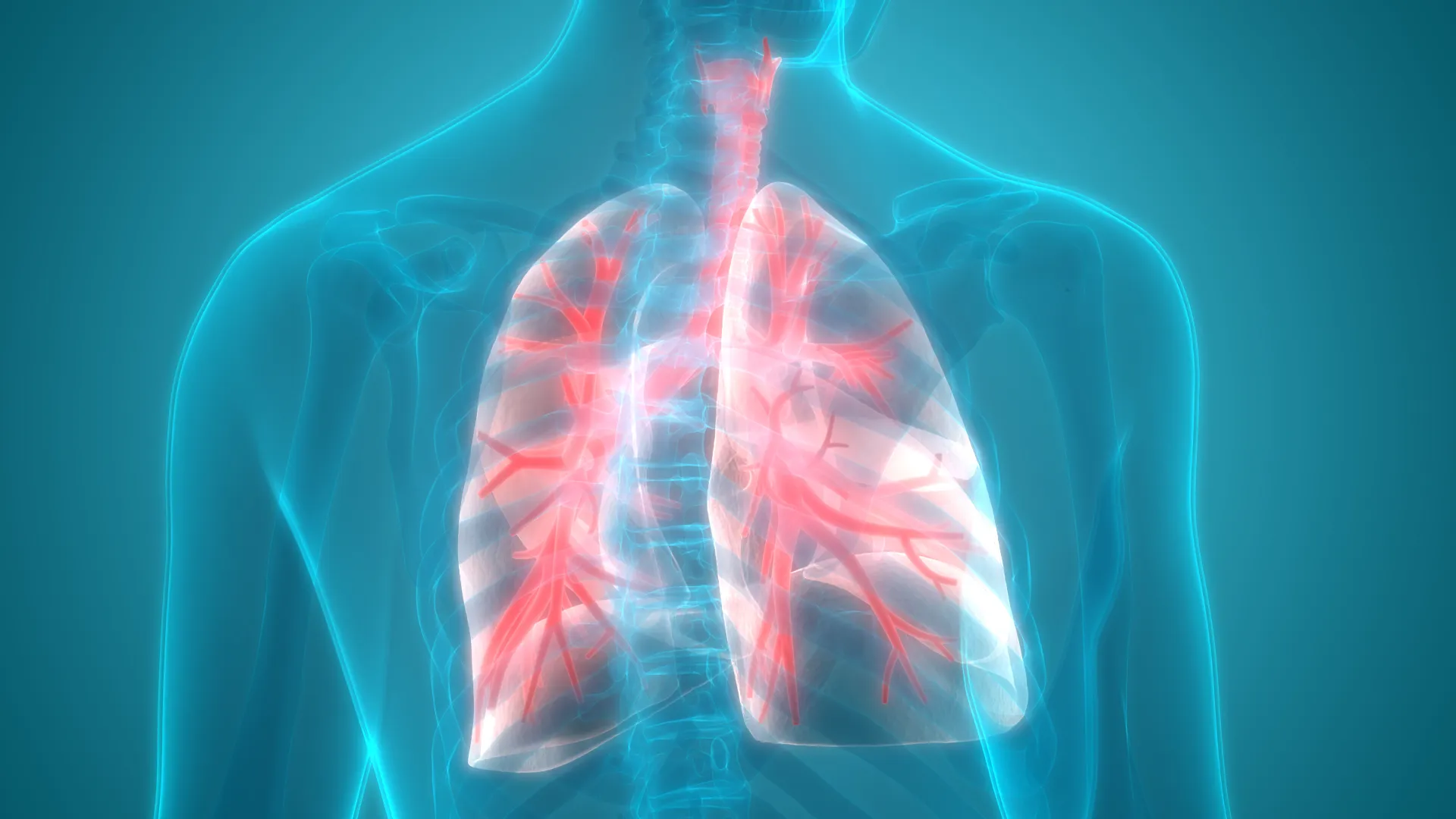Radiation procedures involve the use of high-energy particles or waves, such as x-rays or gamma rays, to treat various medical conditions, primarily cancer. This treatment approach, known as radiation therapy or radiotherapy, aims to destroy or damage cancer cells to stop their growth or spread while minimizing harm to healthy cells in the surrounding area.
Here’s an overview of the radiation procedure and what one might experience during the treatment:
1. Consultation and Treatment Planning:
- Consultation: Before radiation therapy begins, patients meet with a radiation oncologist who discusses the treatment plan, potential side effects, and the overall process.
- Simulation: During simulation, imaging tests (such as CT scans) are taken to map the treatment area accurately. Sometimes, immobilization devices or molds are created to help the patient maintain the same position for each treatment session.
2. Radiation Treatment Sessions:
- Treatment Schedule: The number of sessions and the duration of each session depend on the type, location, and stage of cancer.
- Actual Treatment: During the session, the patient lies on a treatment table while the radiation machine delivers the prescribed dose of radiation to the specific area. The machine is operated by a trained radiation therapist who ensures accuracy and patient comfort.
3. Side Effects and Coping Strategies:
- Short-term Side Effects: These can include fatigue, skin changes (redness, irritation), nausea, and sometimes localized pain or discomfort, depending on the treated area.
- Long-term Side Effects: Some patients may experience long-term effects such as changes in skin texture, scarring, or tissue damage.
- Coping Strategies: Patients are often advised to maintain a healthy lifestyle, manage side effects with prescribed medications, follow a balanced diet, and maintain physical activity levels as much as possible.
4. Monitoring and Follow-up:
- Regular Check-ups: After completing radiation therapy, patients typically have regular follow-up appointments to monitor their progress, manage any side effects, and ensure there are no signs of cancer recurrence.
Patient Experience:
- Physical Experience: The actual treatment is painless. However, some patients might experience discomfort or side effects during or after the sessions.
- Emotional Experience: Undergoing radiation therapy can be emotionally challenging. Patients may experience anxiety, fear, or emotional distress. Seeking support from family, friends, or counselors can be beneficial.
Important Points to Note:
- Radiation therapy is a personalized treatment, and the experience may vary widely among individuals.
- The treatment team, including radiation oncologists, radiation therapists, and nurses, play a crucial role in supporting and guiding patients throughout the process.
It’s essential to communicate openly with the medical team, follow their instructions, and discuss any concerns or side effects experienced during treatment. They can provide guidance and support to help manage any difficulties encountered during radiation therapy.
